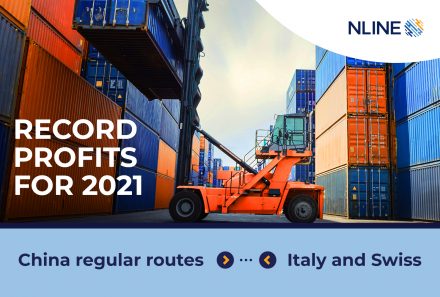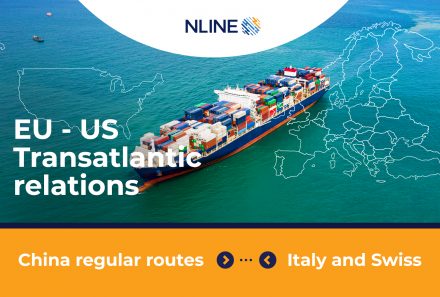
Multimodal struggle
Airfreight vs sea freight vs railway transport
Despite a relatively flat world economy, all different modes of transport are trying hard to engineer new business and new methods. The airfreight industry has so far been the reserve mode for pharma due to the high product value, time sensitive demands and low volume profile, making it an ideal airfreight cargo.
At present, the budget for pharmaceutical sea freight remains at around 10 to 12% of total transport cost. Furthermore, whilst perishables traffic enjoys a steady volume of ocean freight, pharma represents only 0.1% of revenue. Considering the high volume of export cargo from China to Europe, much of which is airfreight, the railway capacity also represents a threat to airfreight, as an increasing resource but as yet is unlikely to compete with the airfreight cool supply chain, especially for highly sensitive and time critical pharmaceuticals.
LCL for smaller pharmaceutical shipments
If on the other hand, the smaller pharmaceutical shipments could be consolidated by using LCL operators, there is potential for those suppliers willing to cooperate with others, to take advantage of the lower cost of sea versus air. With the airlines coming under attack from the environmental lobby, they could be a strong case for switching to sea freight, providing that delivery times and cool chain integrity can be maintained. This could be a further bonus for the LCL operators to the detriment of the airfreight operators. It is unlikely that belly hold airlines would face the same challenge but the high cost of pure freighter operators together with the reluctance of certain airports to accept full freighter flights, could be a new dimension in this ever- changing struggle.
Is it possible for more pharmaceuticals to be carried by ocean freight?
At a recent conference, around 500 industry experts discussed the potential for carrying more pharmaceutical shipments by ocean freight. It is the most regulated and controlled commodity in the world and stringent conditions and regulations are mandatory especially after the establishment of the CEIV quality control by IATA. Therefore, only routes that can provide the high level of technical capacity to fulfil these demands could be considered. This will include freight forwarders shipping lines, port operators, temperature control providers-the entire cold supply chain. The advantages of a lower cost logistics base have of course to be set against the advantages of airfreight and the demands of the regulatory authorities. Sea freight is mainly at its most efficient for intercontinental transport with hub and spoke operations plus smaller feeder roots. Any significant delays in this type of operation would make it very dubious for pharmaceutical manufacturers.
Quality factor and longer transit time vs speed and cost
It is not just the cost factor however. According to the ship operators, the risk of damage to the product is far less, as once the container is sealed, it is not touched again until final delivery, which is regarded as high quality factor. However, transit times are slower and thus have a negative effect on inventories. Regarding the quality of the containers themselves, it has been demonstrated that equipment less than five years old, tends to be more reliable. Thus, very careful inspection of the equipment on a particular route is a vital factor in establishing viability. The airlines do have the big advantage of shorter transit times which in turn means better control over temperature and if necessary the use of powered containers.
With the shipping industry itself under great pressure to cut sulphur emissions and the airlines facing severe public criticism for increasing pollution, this is a battle which will be fought over the next decade.





